Nature has gifted humanity with a wide array of fascinating fruits, and among the most unique and visually striking is the Buddha’s Hand Citron (Citrus medica var. sarcodactylis). Unlike common citrus fruits, this exotic variety resembles a hand with elongated, finger-like sections — hence the name. Renowned for its fragrant aroma, religious significance, and culinary uses, the Buddha’s Hand citron holds a special place in Asian culture and beyond.
But have you ever wondered which country leads the world in producing this mystical-looking fruit? Let’s dive into its history, origins, global cultivation, and identify the top-producing nation.
What Is Buddha’s Hand Citron?
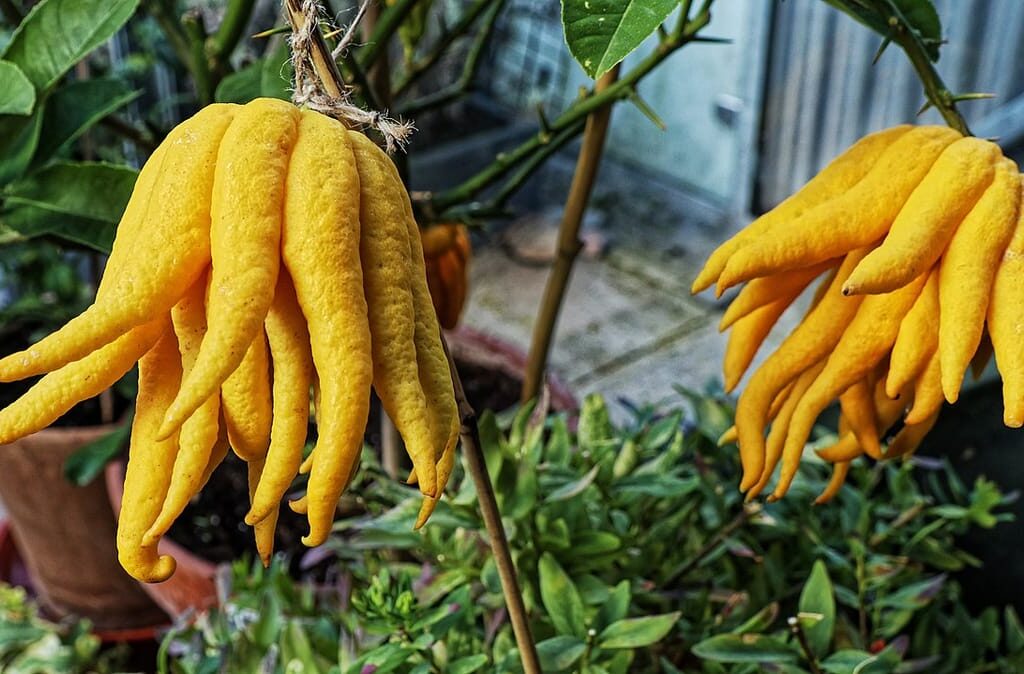
The Buddha’s Hand Citron is a unique variety of citron characterized by its segmented, finger-like appendages. Unlike oranges or lemons, this fruit contains no pulp or juice. It is primarily valued for its intensely fragrant peel, which is rich in essential oils.
The fruit is believed to have originated from northeastern India and China, and it has been cultivated for centuries for its religious, medicinal, and ornamental purposes. In Buddhist culture, the fruit symbolizes happiness, longevity, and good fortune. Its unique shape resembling praying hands has made it a revered offering in temples and religious ceremonies.
Historical Background
The earliest recorded use of the Buddha’s Hand citron dates back over 2,000 years. Buddhist monks and travelers carried it from India to China and Japan, where it quickly became a symbol of spiritual significance. In ancient China, it was presented as a New Year gift, believed to bring blessings of prosperity and happiness.
In addition to its religious symbolism, ancient herbal medicine practitioners used the rind and peel for treating ailments such as coughs, digestive issues, and inflammation. Its aromatic scent also made it popular in homes and temples as a natural air freshener.
Global Cultivation of Buddha’s Hand Citron
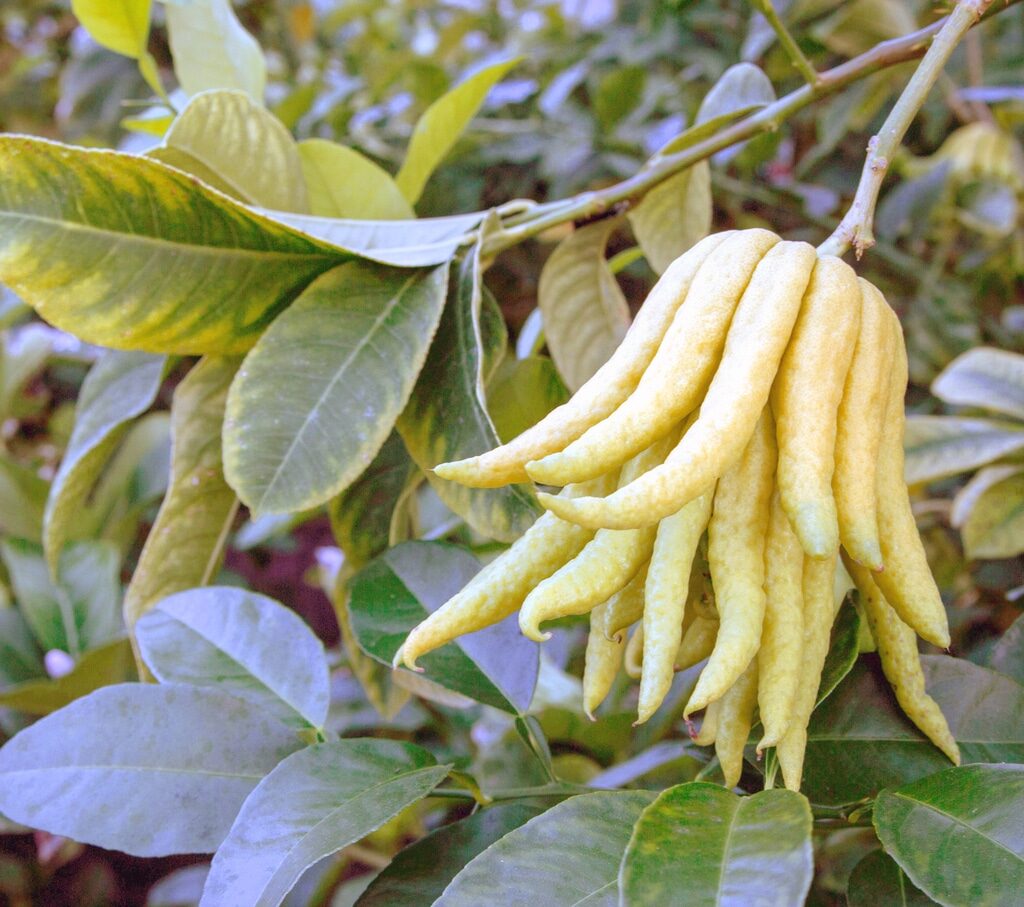
Today, the Buddha’s Hand citron is cultivated in several countries, particularly in regions with subtropical or warm temperate climates. Major producers include:
- China
- Japan
- India
- United States (California and Florida)
- Italy
- France
- Vietnam
- Bhutan
- Nepal
While it’s grown in various countries, production volumes differ greatly based on cultural significance, climate suitability, and domestic demand.
Which Country Is the Largest Producer?
After analyzing global agricultural patterns, historical records, and current market reports, it is clear that China is the largest producer of Buddha’s Hand citron in the world.
Why China Leads in Production:
- Historical and Cultural Significance:
China has cultivated this fruit for over two millennia. Its deep-rooted connection to religious practices and traditional festivals ensures a consistent domestic demand. - Ideal Climate:
Southern China offers the perfect subtropical climate with warm temperatures and well-draining soils, ideal for growing Buddha’s Hand citron. Provinces like Guangdong, Guangxi, Yunnan, Zhejiang, and Sichuan are the primary cultivation hubs. - Widespread Cultivation:
Unlike other countries where cultivation is limited to specialty orchards, China boasts vast orchards and family-run farms dedicated to growing this unique fruit. - Diverse Regional Varieties:
China cultivates several local variants of Buddha’s Hand citron, tailored to regional preferences in size, aroma, and shape. - Economic and Export Value:
In addition to domestic consumption, China exports Buddha’s Hand citron to international markets including Japan, Southeast Asia, the United States, and parts of Europe.
Other Major Producers
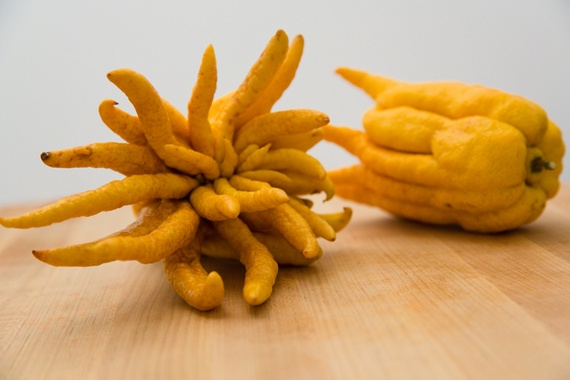
While China leads the way, several other countries have notable Buddha’s Hand citron production:
Japan:
In Japan, the fruit is called “bushukan” and is highly valued during the New Year celebrations. It’s used as a religious offering and decorative item. However, production is on a much smaller scale compared to China, primarily in regions like Shikoku and Kyushu.
India:
As one of the fruit’s places of origin, India continues to grow Buddha’s Hand citron in the northeastern states, including Assam, Arunachal Pradesh, and Sikkim. While it’s mostly cultivated for religious purposes and traditional medicine, India’s production volume remains modest.
United States:
California and Florida cultivate small quantities of Buddha’s Hand citron, mainly for niche markets, specialty grocers, and gourmet restaurants. The U.S. began commercial cultivation in the late 19th century but never on a scale comparable to Asian countries.
Mediterranean Europe:
Countries like Italy and France have small-scale Buddha’s Hand citron farms, mainly used for culinary purposes such as candied peels, zest, and in high-end perfumery.
Uses of Buddha’s Hand Citron
The fruit’s value extends beyond its ornamental appeal. Here’s how it’s used globally:
1. Religious Offerings
In Buddhist temples across China and Japan, the fruit is offered as a symbol of peace, harmony, and long life. It’s especially popular during the Lunar New Year.
2. Natural Fragrance
The rind emits a strong, sweet citrus aroma, making it a popular natural air freshener in homes, temples, and cars.
3. Culinary Applications
Although it lacks pulp, the peel is used in various culinary creations:
- Candied citron
- Zest in desserts and savory dishes
- Flavoring for liqueurs and syrups
4. Medicinal Use
In Traditional Chinese Medicine (TCM), Buddha’s Hand is used to:
- Soothe coughs
- Relieve indigestion
- Reduce inflammation
- Alleviate chest congestion
5. Perfumery and Aromatherapy
The essential oil extracted from its peel is used in fragrances, essential oil diffusers, and massage oils.
Cultivation Challenges

Growing Buddha’s Hand citron isn’t without difficulties:
- Climate Sensitivity: The plant requires a subtropical climate with frost-free winters.
- Labor-Intensive Care: The fruit’s delicate “fingers” make harvesting a careful, manual process.
- Susceptibility to Pests: Common citrus pests like aphids and citrus leafminers can affect crops.
Despite these challenges, China’s centuries-old agricultural wisdom and ideal growing conditions help it maintain dominance in global production.
Future Outlook
Interest in exotic fruits and specialty produce is rising globally. Demand for Buddha’s Hand citron has expanded in gourmet culinary circles, artisanal perfumery, and natural medicine markets. While China continues to be the largest producer, countries like the U.S. and Japan are also exploring opportunities to scale up niche cultivation.
With the increased emphasis on sustainable, natural products, the fruit’s essential oil and medicinal benefits are expected to fuel demand in aromatherapy and wellness industries worldwide.
Conclusion
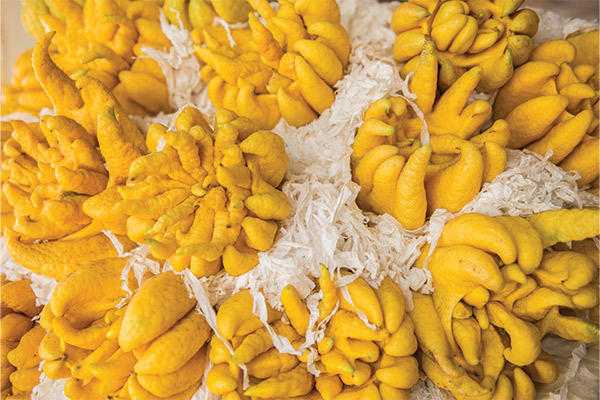
The Buddha’s Hand citron is more than just a fruit — it’s a cultural emblem, natural air freshener, and medicinal marvel wrapped into one. While many countries have embraced its cultivation, China firmly holds the title of the largest producer in the world.
With a combination of ancient tradition, modern agricultural practices, and favorable climates, China continues to supply this mystical fruit to homes, temples, and markets across the globe. As global interest in unique, aromatic fruits grows, Buddha’s Hand citron is set to remain a cherished gem in both Eastern and Western cultures.

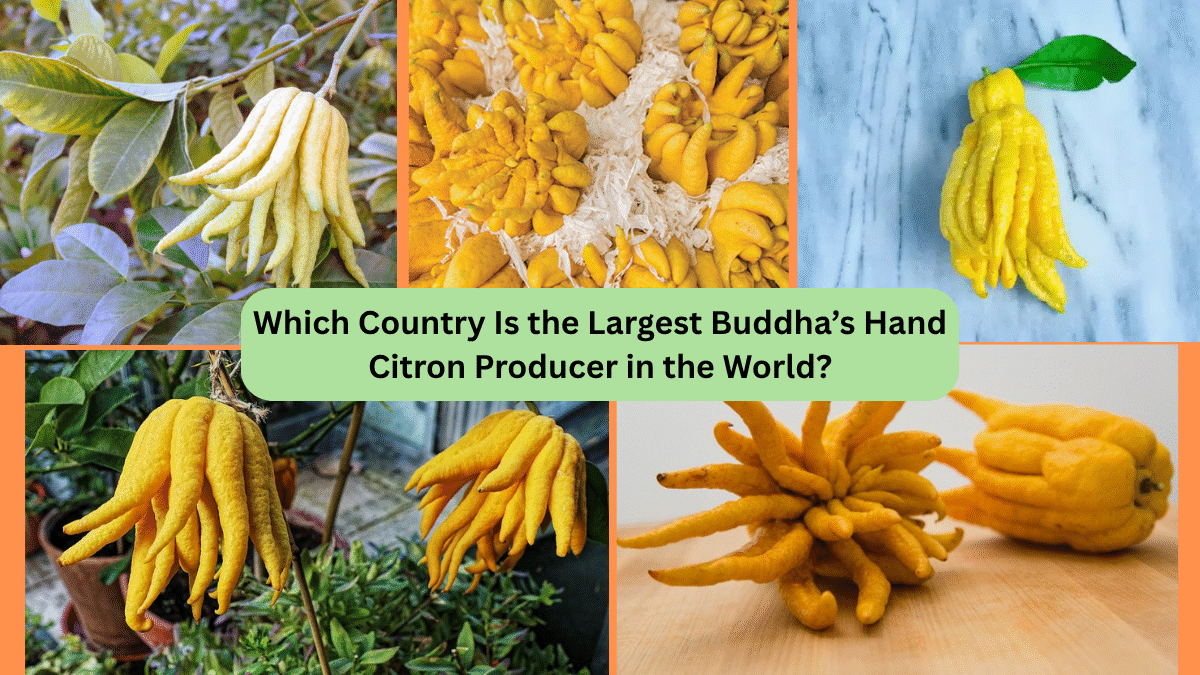


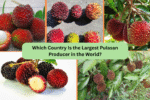
Leave A Comment